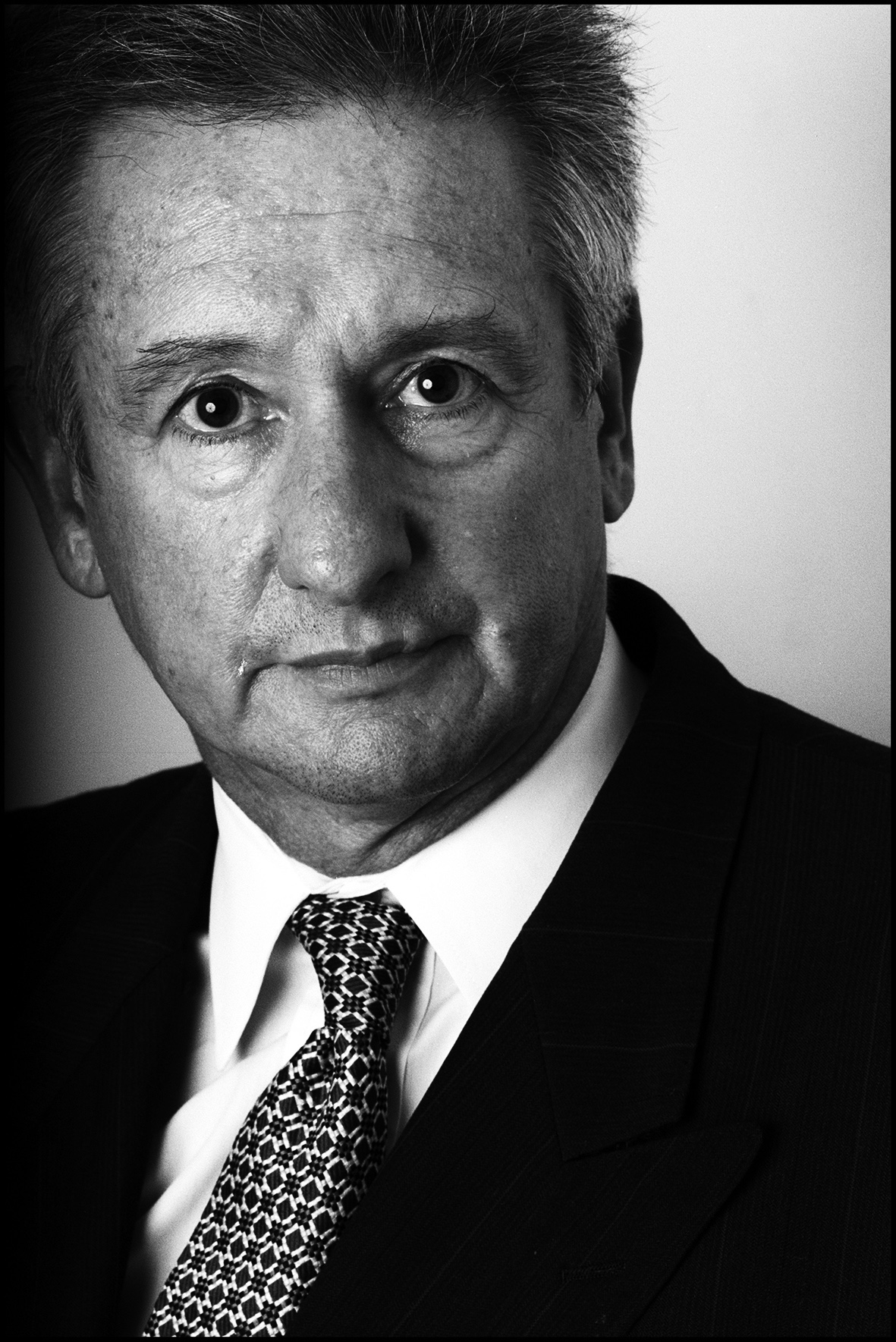DATA NEWS We love data!
Interesting numbers on floats, techs and super
The overall Initial Public Offering market continues to pump out new aspirants despite the fact that overall market heavyweights, like the banks and BHP, have been leading shares back toward the 5000 mark and into negative territory for the calendar year.
Investors may be looking for tomorrow’s leaders and consider that growth and increased dividends will be hard to come by from Australia’s traditional blue chip stocks.
Whatever the reason it’s been a strong period for new floats, judging from the latest ASX statistics. There were 120 IPOs in the 2015 financial year worth about $90 billion. In terms of the absolute number of new listings, that’s the strongest performance in four years.
But spare a thought for all those individuals who plunged into self managed super funds over the past two years. Most of those are long Australia heavyweight stocks as they chased yields and capital appreciation. According to an Investment Trends survey of almost 4000 trustees there is a concentration risk in most SMSF portfolios, which on average hold 18 stocks, mostly banks and miners. Ouch!
PLENTY OF ROOMS AT THE INN
If you want to know what a big merger looks like consider this. Two big US hotels are combining operations in a deal worth $A17 billion. Marriott International is buying Starwood Hotels which will involve a number of Australian assets, including the huge and expanding Four Points by Sheraton at Sydney’s Darling Harbour.
But physically the deal will create an entity comprising 1.1 million rooms in more than 5500 hotels in over 100 countries. However, get this, it still won’t be as big as Airbnb, which controls 1.5 million rooms and full house listings in more than 190 countries.
LOOKING ON THE BRIGHT SIDE
The assistant governor down at the Reserve Bank, Christopher Kent, threw up some interesting numbers at UBS’s Australasian conference in Sydney recently on what’s happening to Australia’s resource exports.
Commenting on China’s transition to a more consumer-based economy he said he didn’t see commodity prices moving much from current so-called depressed levels, However, he said that commodity prices weren’t that low on an historical basis. “I would just add that commodity prices remain relatively high,” he said.
“The bank’s index of commodity prices has fallen by about 50 per cent from its peak, but is still almost 80 per cent above early 2000 levels.” Small comfort to those WA miners who did their numbers on the high side.
SMART PHONES, NOT SMART KIDS
Australian schoolchildren might be wizards when it comes to social media skills, but a recent survey shows they’re falling behind when it comes to basic technology.
The latest information and communications technology test in the National Assessment Program, found only 55 per cent of year-6 students were proficient in skills such as searching a website, formatting a document, cropping an image and creating a short slide show. 
And only 52 per cent of year-10 students reached the proficient standard in tasks including designing an online survey, using software to add new levels to an online game and creating an animated video.
These were the lowest scores since the test was introduced in 2005. Various education authorities are rushing to introduce new tech programs into schools.
SUPER FAILING
Over 6 per cent of the Australian workforce are losing $2.6 billion a year from employers failing to pay them some or all of their compulsory superannuation contributions. If that’s not bad enough a report released to The Australian Financial Review shows that non-compliance is growing at 5 per cent a year, bringing the accumulated losses to $44 billion by 2023.
The report, prepared by Tria Investment Partners found employers in the building and construction industry were the worst offenders, followed by property services, mining, hospitality and manufacturing.
And let’s not forget that that super would normally have a tax attached to it. So where’s the ATO in all this?

